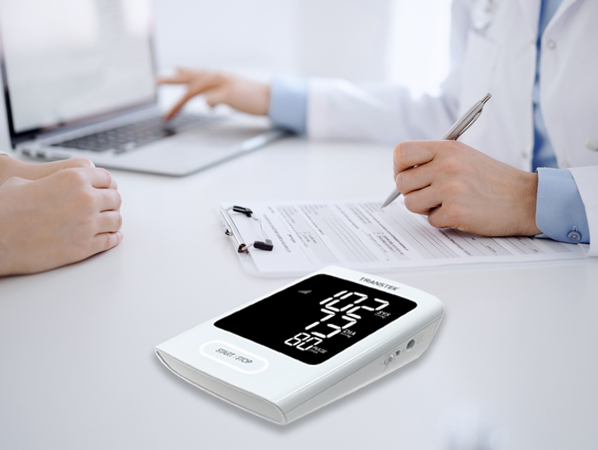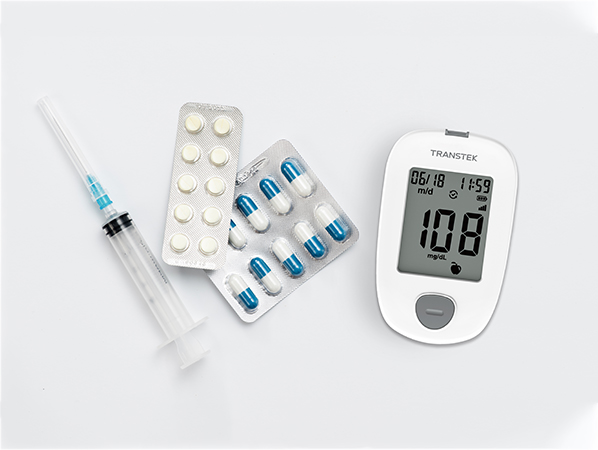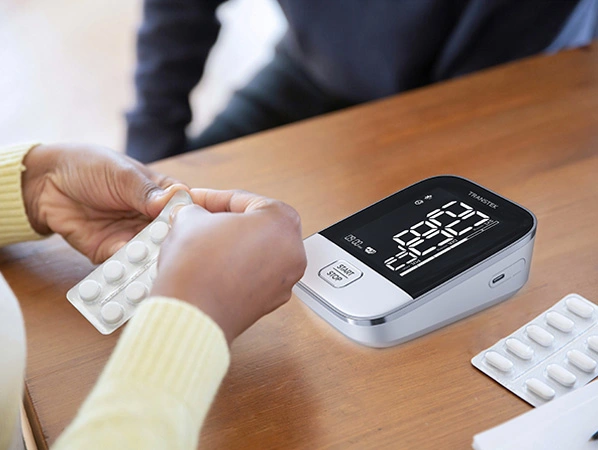Electronic kitchen weighing scales are deeply favored by users for the characteristics of compactness, convenience, and easy operation. When we do shopping, electronic kitchen weighing scales are often used to weigh things. However, we are still relatively unfamiliar to the materials and use of electronic kitchen weighing scales. In particular, we need to study the newly purchased electronic kitchen weighing scales. At this point, people will ask how to adjust the electronic kitchen weighing scales? What should we pay attention to when using electronic kitchen weighing scales?
A kitchen weighing scale is a tool used to accurately measure the weight of ingredients in cooking. Kitchen weighing scales are usually made of ABS or AAS plastic and stainless steel. Tempered glass may also be used in kitchen weighing scales. Tempered glass is easy to clean, so it is generally used as the tray part of the kitchen scale. Kitchen weighing scales can be divided into domestic kitchen weighing scales and hotel kitchen weighing scale according to the application, electronic kitchen weighing scales and mechanical kitchen weighing scales according to the sensor type, liquid measuring kitchen weighing scales and weight measuring kitchen weighing scales according to food materials, and western pastry kitchen weighing scales and Chinese kitchen weighing scales according to the finished food. Kitchen weighing scales work in the same way as regular weighing scales: Kitchen weighing scales also use electronic sensing or spring stretching to determine the weight. Comparatively speaking, electronic sensing is more accurate than spring metering.
1. Determine whether the battery power of the electronic kitchen weighing scale is sufficient. The battery should be replaced in time, or insufficient power will lead to the inaccurate display of the electronic kitchen weighing scale.
2. Place the electronic kitchen weighing scale horizontally on the floor. If the electronic kitchen weighing scale is not balanced, or there is an elevation angle with the horizontal plane, it will lead to inaccurate weighing.
3. Stand on the electronic kitchen weighing scale with your feet upright and do not sway your body from side to side. Do not stand on one leg or squat on the scale to weigh the weight, or it will lead to inaccurate weighing.
4. Weigh five times according to step 3 and take the average value. The weight measured in this way is more accurate. Please note that the object weight shall not greatly exceed the measuring range of the electronic kitchen weighing scale.
5. Weigh the weight with another accurate electronic kitchen weighing scale, and then take the average value and compare. If the error is great, there is a problem inside the electronic kitchen weighing scale.
Due to environmental conditions change, human and other factors, the weighing performance of electronic kitchen weighing scales may change slightly in use, so daily calibration is required.


